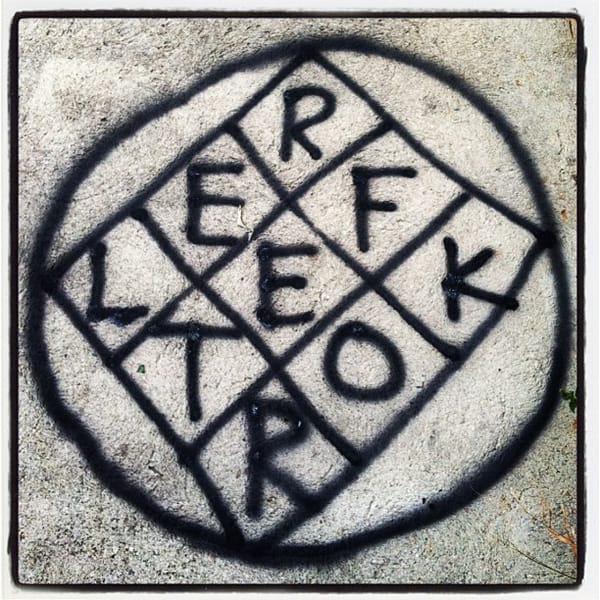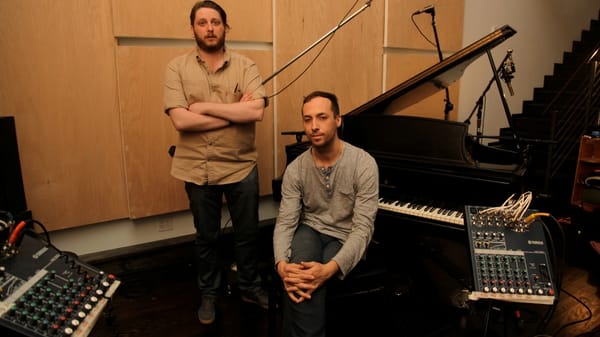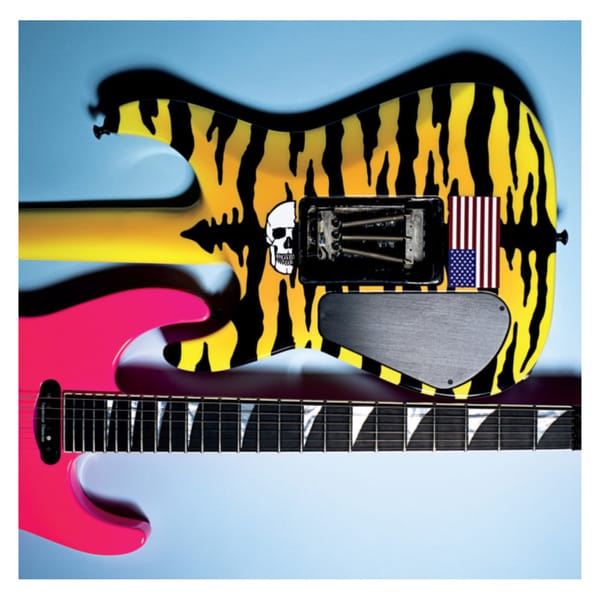Emiel’s Guide to Classical Music (Part I)
Episode 1: What is Art?
The definition of Art is an issue that philosophers have struggled with for millennia. In the 19th Century two greats gave fundamentally opposing views. Arthur Schopenhauer, who thought the world around us a mere representation of reality, believed Art could reveal its true nature. He argued that music alone could completely express the world ‘in itself’ as it was not representative of anything. Friedrich Nietzsche accorded Art an even greater status. To him, life is devoid of meaning or order, save for that which Man creates. Art is therefore not a means to better understand the world, but a metaphysical way of giving meaning to it.
"The world is a work of art that gives birth to itself." – Nietzsche, The Will to Power
It is often difficult to apply these theories. In the last century provocateurs such as Marcel Duchamp and John Cage have forced us to ask ourselves what is Art? Is an unmade bed a work of art if it is placed in a gallery? Is there an aesthetic line to be drawn between the latest Hollywood blockbuster and an “art-house” film? Finally, does such a line exist between the works of Beethoven and Justin Bieber?
I won’t pretend to know the answer here. Instead I would like to discuss with you a tradition in music that for me personally comes closest to the aesthetic ideals of the philosophers, or at the very least is most engaged in the discussion. This tradition has rather presumptively been called ‘Art’ music or ‘serious’ music but is most commonly known as ‘Classical’ music. This title is used mistakenly, but I will continue to use it for the sake of simplicity.
With the advent of recording technology in the 20th Century the lines between the various musical traditions blurred considerably, but I believe there to be one crucial distinction between classical music and the other traditions (such as pop and folk). This is the fact that it is a literate tradition. Folk music is orally transmitted, and pop music is primarily transmitted through recorded media (though it is true some is notated later by others), but classical music has always been written. This is a crucial fact as it has allowed the music to be analysed and hence developed over the millennium or so since the invention of musical notation. Furthermore, freedom from the limits of human memory has allowed works to be written longer and with greater complexity.
Over the past 1000 years this Western tradition has seen highs and lows, and explored many style and genres, but importantly continues to adapt to the modern world and may now be at a richer and more exciting stage than ever before. Audiences are larger than ever and continue to witness the regeneration of old works while composers are continually experimenting and pushing the boundaries of sound and Art. Over the coming months I hope to present to you an easy introduction and exploration of this rich tradition. We will take a chronological look at some of the major ideas and trends and perhaps analyse in depth some of the key masterpieces of the repertoire. In the next instalment I will explore the fascinating music of the of Middle Ages and their roots in Ancient Greece.









